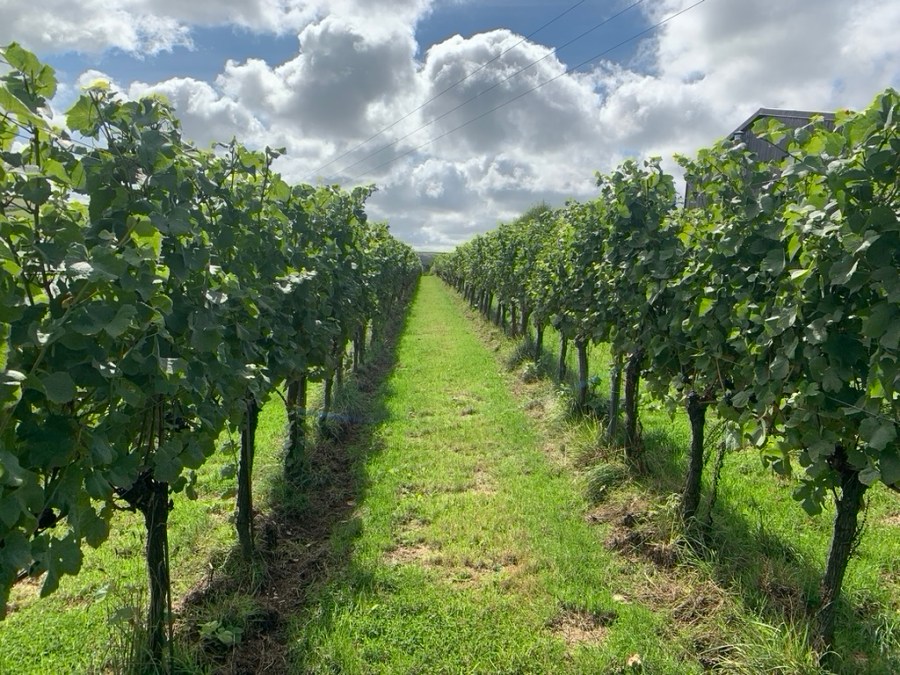Let’s start by asking: On an established vineyard, how much can we change to make what we want? Has the vineyard already decided a few options for us?
In my opinion the answer is that we can make very few changes and influence only some aspects, while the vineyard already has solid plans about the possibilities of wine-making.
Decide what to make before planting
If we want to decide which wine to make and which style, we have more chances to do so if we start from the very beginning: the terroir. This translates to where to plant, what to plant and the criteria to apply. We know what terroir is, however we’re still very far away from understanding it.
For this reason, I often like to start planning from the end and work backwards.
A practical approach can be to taste the wines of the area objectively studied across several vintages, get the data from existing vineyards (if any) and cross reference everything with the meteorological figures of the specific location.
Then to simplify, if we want to make some profit, we need to know the history of the yield according to the variety, how consistently we can make the wines we’re thinking of, their amount, the production cost and the market compared to our strategy.
It’s a multidisciplinary teamwork that needs to be assessed carefully.
Nothing is certain, but we have the chance to control more of those uncertainties, enjoying the process and expressing our passion on what we wish to achieve.
Listening to the vineyard and learning from it
Listening and observing the vineyard with a winemaking approach has to do with the interpretation and the style of the wines we can make. It takes some years and it’s a beautiful never ending learning process that gives a lot of satisfaction.
Every vineyard block is different as well as the vines are. If we look and taste carefully, the grapes first and the wine next, we can gain invaluable experience across the years. If we only make wine without tasting the grapes throughout the whole winemaking process, every year and in each step, we won’t be able to make some crucial decisions and we’d be playing mostly with luck.
Tasting the grapes means forgetting about sugar and sometimes acidity too while focusing on aspects that we can’t change.
We need to focus on tannins, bitterness, colour, flavours, acidity balance, skins, pips and pulp separately… while thinking on the techniques to apply to get to the target.
Tannins and especially flavours are the most difficult.
The amount of sugar and the acidity influences our perception of tannins and the acidity itself. If we think about how to press the grapes and the juice fraction separation or, again on a skin contact wine, (not just a red), understanding how those tannins will change over time becomes a crucial knowledge that only comes with experience.
On the flavour side, when tasting grapes or juice, we can only perceive some of the primary aromas. Some others, come from the interaction of the yeast metabolism with some juice compounds (secondary aromas); while the tertiary aromas are the result of the different reactions happening over time between the primary and the secondary versus the ageing conditions and the “genetics of the wine/terroir”.
Some parameters are only relevant for certain wines, so we need to pay attention to them and learn to see them in the perspective of how they can evolve in the future wine.
It’s a fascinating journey, however, at the end of it, we’re just students of our vineyards trying to make the right decisions to make the best wine in a very specific context.




